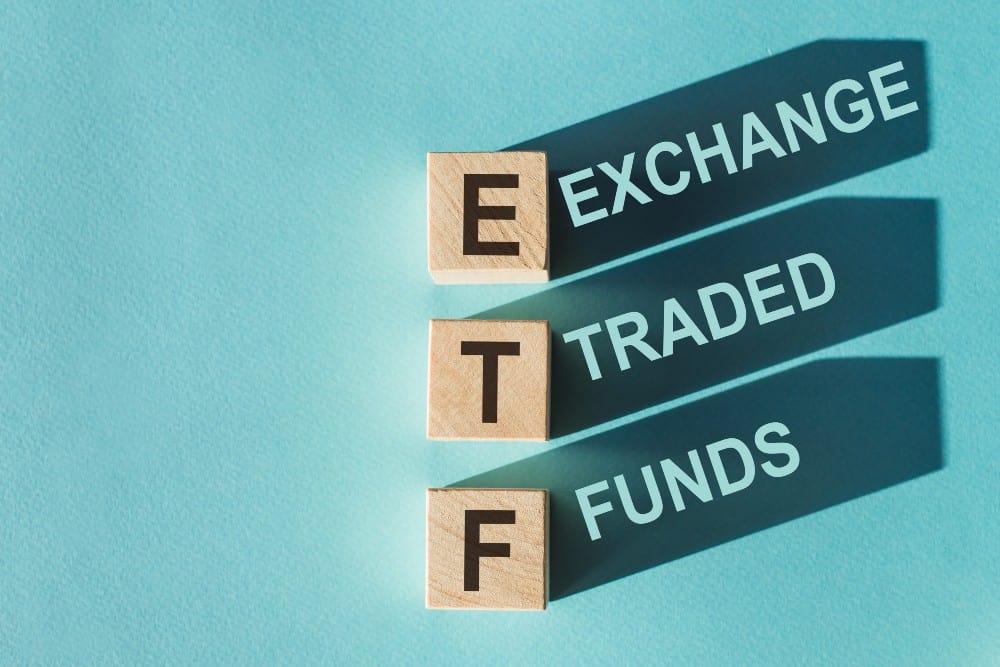Retirees with a large investment portfolio are primarily concerned about two things: ensuring a safe withdrawal rate and mitigating sequence of return risk.
For the former, an often-cited rule is withdrawing 4% of your portfolio per year to pay for living expenses. The goal here is to not deplete your nest egg before you pass away, while ensuring sufficient income.
For the latter, we’re trying to avoid the possibility that your portfolio will experience a sharp loss right before or early on in retirement. This could cripple your investments and delay your retirement significantly.
The best way to do this is passive investing via a balanced, diversified investment portfolio, consisting of global stocks and government/corporate bonds of all durations.
While you can pick and choose the assets you want, retirees favouring a more hands-off approach should consider one of these Vanguard exchange-traded funds (ETFs).
The 60/40 portfolio
The 60/40 portfolio is a common allocation that provides the best risk/return profile. It is best suited for investors about to retire or newly retired, who need decent returns with more stability. It is a great long-term strategy, representing a balanced approach with more risk on the equity side.
The best one-ticket ETF here is Vanguard Balanced ETF Portfolio (TSX:VBAL). VBAL holds over 60% in 13,000 equities across multiple industries and in large, mid-, and small caps and 40% in federal, provincial, municipal, and corporate bonds. With a 60/40 allocation, it is best suited for those close to retirement.
VBAL is split approximately 40% in U.S., 20% in developed markets, and 7.5% in emerging markets, with a 30% Canadian home bias to mitigate currency risk and reduce volatility. Holding VBAL will cost you a management expense ratio of 0.24% per year, or $24 per $10,000 invested.
The 40/60 portfolio
Investors who are a few years into retirement and have a large enough portfolio can worry less about sequence of risk returns. The focus now is ensuring safety of principal and sufficient income for a safe withdrawal rate. The goal here is to be able to meet living expenses without depleting the portfolio prematurely.
In this case, a safer 40/60 stock/bond allocation might be more suitable. For this, the best ETF is Vanguard Conservative ETF Portfolio (TSX:VCNS). VCNS holds the same stocks and bonds as VBAL, but with 20% more on the bond size and 20% less on the equity size. This increases its yield but lowers its capital appreciation and volatility.
Like with VBAL, holding VCNS will cost you a management expense ratio of 0.24% per year, or $24 per $10,000 invested. However, Vanguard has a great reputation of lowering fund fees over time, so expect this to change as the years go on and the assets under management of the ETF increases.
The Foolish takeaway
Retirement should be your golden years. Keeping your retirements simple, diversified, and inexpensive is one way to ensure this. With asset allocation ETFs like VBAL and VCNS, managing your investments is as simple as buying and selling just one ticker and reinvesting dividends. There’s no research or re-balancing needed. This allows you to focus on the things in life that matter.









